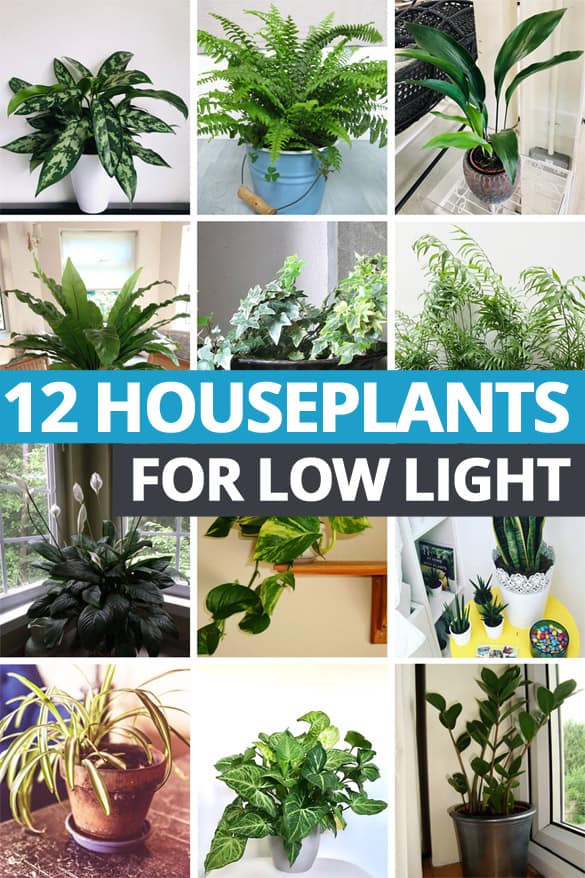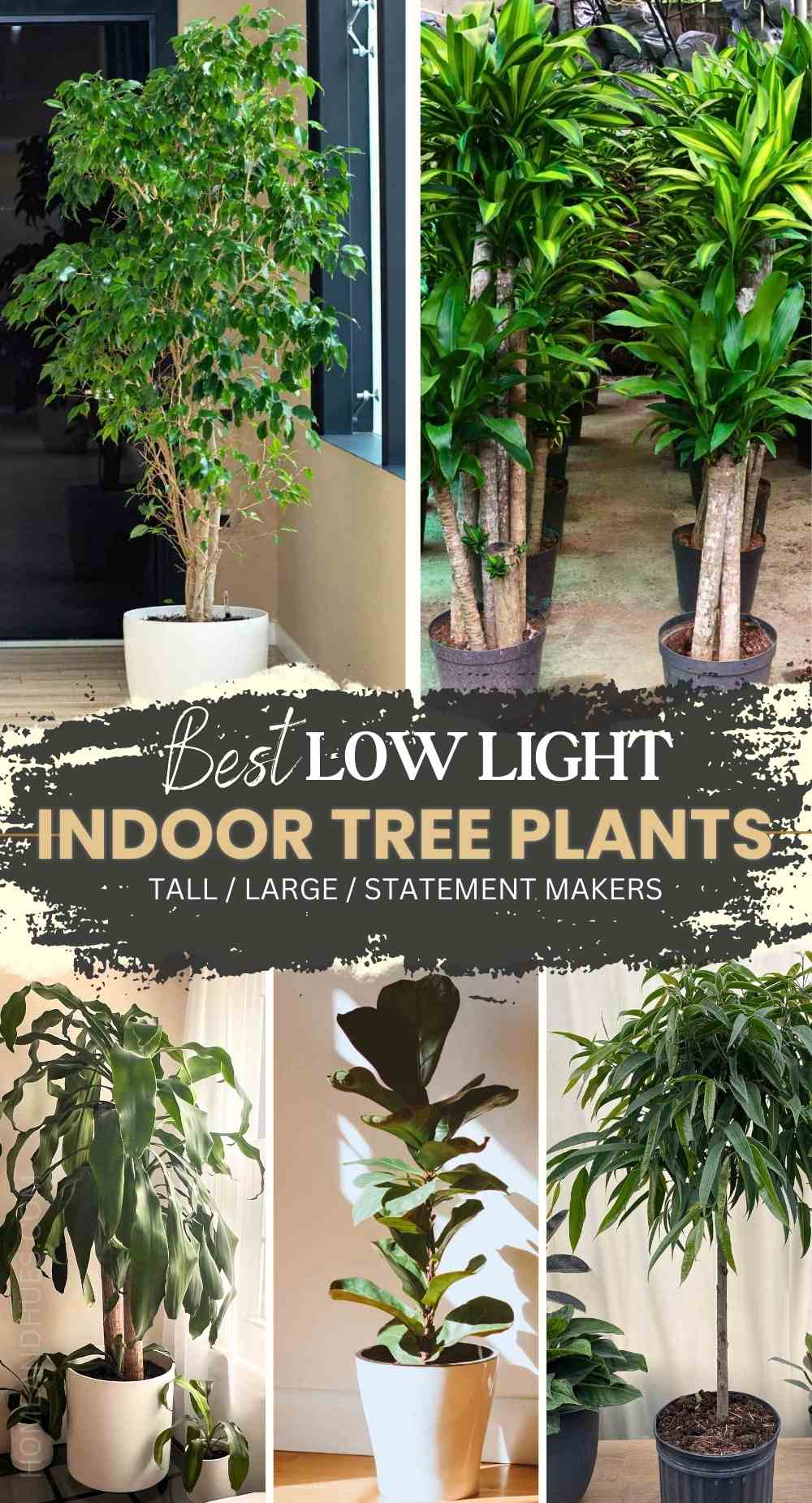Enhance Your Home Décor with the Best Low-Light Indoor Plants
Transform Your Home With Beautiful Low-Light Indoor Plants and Their Advantages
Incorporating low-light indoor plants into your home can substantially improve both the environmental and aesthetic quality of your living areas. These plants, which thrive in dim conditions, serve not just as attractive components yet likewise as natural air purifiers, making them optimal for metropolitan residents or those with limited sunlight direct exposure. As we discover the numerous sorts of low-light plants and their benefits, you might locate shocking means to integrate them into your home that can transform your environments in means you may not have anticipated.
Advantages of Low-Light Plants
Low-light plants use various advantages for interior atmospheres, making them an outstanding choice for both novice and skilled gardeners. Among the key advantages is their versatility to low-light conditions, enabling individuals to enhance their space without the need for substantial sunlight direct exposure. This particular makes them excellent for homes, workplaces, and various other areas with restricted natural light.

Additionally, including low-light plants right into home decoration can elevate the aesthetic charm of an area. Their rich foliage and varied textures create a calming atmosphere, contributing to overall well-being. The presence of plant has actually been connected to minimized anxiety levels and enhanced performance, making low-light plants a sensible selection for enhancing both psychological and physical health and wellness in indoor setups.
Top Low-Light Indoor Plants
While numerous interior plants grow in brilliant light, numerous species are especially fit for low-light conditions, making them excellent for various indoor rooms. One popular option is the Serpent Plant (Sansevieria), recognized for its striking upright leaves and durability, calling for minimal care. One more superb option is the Pothos (Epipremnum aureum), which features heart-shaped fallen leaves and can route magnificently from racks or wall mounts, flourishing in reduced light and including a lavish touch.
The ZZ Plant (Zamioculcas zamiifolia) is celebrated for its shiny fallen leaves and ability to stand up to disregard, making it excellent for busy lifestyles. The Peace Lily (Spathiphyllum) not just tolerates low light yet additionally generates stunning white blooms, enhancing any kind of area's visual.
For an one-of-a-kind touch, take into consideration the Cast Iron Plant (Aspidistra elatior), which without a doubt meets its name, growing in the darkest edges of your home. Last but not least, the Chinese Evergreen (Aglaonema) uses a range of leaf patterns and colors while being incredibly flexible in low-light conditions. These plants not just enhance indoor environments yet additionally add to air purification, enhancing your space.
Care Tips for Low-Light Plants

Watering techniques are vital; these plants typically prefer somewhat completely dry conditions. Overwatering can bring about root rot, so guarantee that the leading inch of soil is completely dry prior to watering once more. Usage pots with drain openings to allow excess dampness to escape.
Moisture is an additional essential variable. Many low-light plants, such as ferns and tranquility lilies, take advantage of greater humidity levels. To raise humidity, take into consideration misting the leaves or positioning a tray of water near the plants.
Fertilization should be come close to with caution. During the growing period, make use of a watered down, well balanced fluid plant food monthly to support development, yet stay clear of fertilizing during the dormant winter season.
:max_bytes(150000):strip_icc()/low-light-houseplants-snake-plant-hero-getty-1123-bb1e9fd1b2024e879a45c3e6bbd9fcfe.jpg)
Imaginative Ways to Display Plants
Interior plants can function as exciting focal factors in any room, enhancing both aesthetic charm and atmosphere. Innovative screens can raise the aesthetic influence of low-light plants, making them an indispensable component of your home style. One reliable approach is to use tiered plant stands, which allow you to showcase numerous plants at differing elevations while maximizing floor space.
Hanging planters are an additional cutting-edge alternative, developing a feeling of deepness and drawing the eye upward. Take into consideration macramé hangers or wall-mounted shelves to introduce an unique appearance and style.
For a much more structured approach, usage geometric terrariums or glass containers to house your plants, including a modern touch to your interior yard. You can likewise repurpose vintage things, such as teacups or wood cages, for an eclectic display screen that mirrors your character.
Enhancing Home Ambiance With Plants
Incorporating low-light plants right into your home not only boosts aesthetic appeal yet likewise contributes significantly to the total atmosphere. These plants function as all-natural design elements, presenting a sense of peace that can change any space. The presence of plant promotes a calming environment, which is particularly beneficial in high-stress settings such as home offices or living rooms.
Low-light plants, such as snake plants, visit here pothos, and ZZ plants, are not just visually pleasing yet likewise boost indoor air top quality by filtering toxins. This dual feature enhances the setting further, producing a much healthier space (Best low-light indoor plants). The strategic positioning of these plants can additionally influence the assumption of space; for instance, high plants can attract the eye upward, making ceilings show up greater and rooms a lot more sizable
Furthermore, differing textures and colors Click Here of foliage include deepness to interior decoration, enabling creative expression in home styling. Whether put on shelves, in corners, or as centerpieces, low-light plants can raise the state of mind of any kind of space. In summary, including these plants right into your home is an effective method to promote a cozy, welcoming ambience while gaining the benefits of improved air high quality and aesthetic convenience.
Conclusion
Incorporating low-light interior plants right into home settings supplies numerous benefits, including enhanced aesthetic appeal and enhanced air high quality. These resistant plants, such as the Serpent Plant and Tranquility Lily, require very little light and maintenance, making them suitable for diverse lifestyles. Their ability to filter pollutants adds to a healthier living space, while their varied textures and shades improve indoor decoration (Best low-light indoor plants). Eventually, the addition of low-light plants fosters a peaceful and inviting setting, changing any type of home into a peaceful oasis. original site
While many indoor plants flourish in bright light, several varieties are specifically well-suited for low-light problems, making them ideal for numerous indoor rooms. One efficient method is to make use of tiered plant stands, which enable you to display several plants at varying elevations while taking full advantage of floor area.
Low-light plants, such as serpent plants, pothos, and ZZ plants, are not only cosmetically pleasing however additionally enhance interior air high quality by filtering system pollutants. Best low-light indoor plants. The critical placement of these plants can likewise affect the understanding of room; for instance, tall plants can attract the eye upward, making ceilings appear greater and rooms much more sizable
These resilient plants, such as the Serpent Plant and Tranquility Lily, require very little light and upkeep, making them suitable for diverse way of lives.